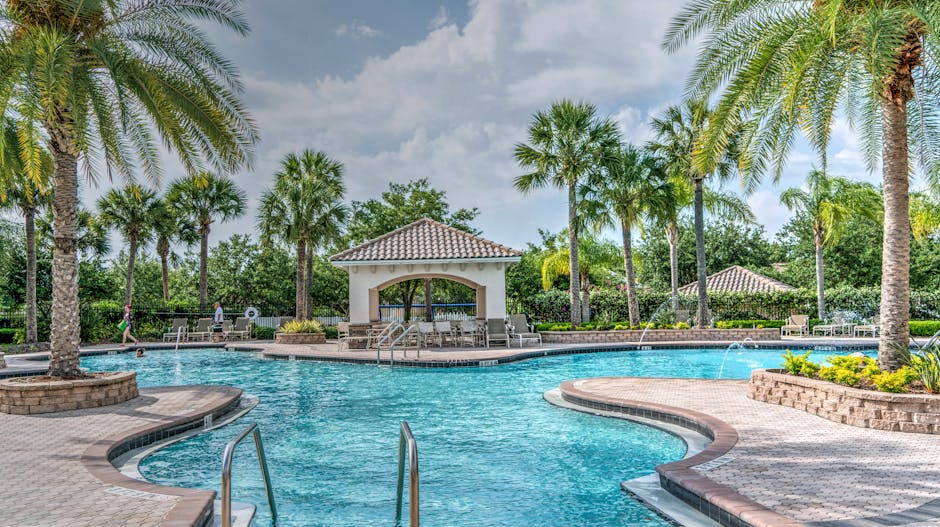The Essential Laws of Explained
 Understanding Roof Types: How to Choose the Ideal Roof for Your House
Understanding Roof Types: How to Choose the Ideal Roof for Your House
Selecting the right roof type is essential for both functionality and aesthetic appeal. Your roof does more than shield your home; it shapes its resilience, energy efficiency, and look. This guide on different roof styles will help you make an educated decision.
1. Gable Roof Design
One of the most popular roof styles, the gable roof has a simple, triangular design. Its sloping sides create an effective water runoff, making it ideal for areas with heavy rainfall or snow. Generous attic space and ventilation options make this design energy efficient for homes.
Advantages: Budget-friendly and simple to construct.
Challenges: May be at risk of wind damage in storm-prone areas. View here for more info on this product.
2. Hip Roof Design
Widely used, the hip roof is a great choice in areas that experience regular storms. With four sloping sides, it offers greater stability and durability than gable designs. The design is excellent for wind resistance, but it is more complex and may require a higher budget.
Pros: Very sturdy and good at withstanding wind.
Considerations: Slightly more expensive and complex to install.
3. Flat Roof
Flat roofs, though typical in commercial settings, are also found in modern residential designs. Despite looking flat, they generally include a slight pitch for water drainage. Flat roofs provide easy access, perfect if you envision a rooftop garden or leisure area.
Benefits: Simple design, easy to maintain, and accessible.
Considerations: Prone to water pooling and may require frequent maintenance. You can click here and read more on the subject here!
4. Mansard Roof Design
Famous in French architecture, the Mansard roof boasts four sloped sides, each with a double incline. It optimizes attic room, adding extra space for upper-level living areas. If future expansion is a priority, the Mansard roof is an ideal choice.
Benefits: Extra attic space and elegant appearance.
Drawbacks: Costly to construct and maintain, especially in high-snowfall areas.
5. Shed Roof Design
A shed roof has a single, sloping surface, making it easy to construct and ideal for extensions or additions. This minimalist design suits modern and contemporary homes. The one-sided slope offers less insulation, which may not suit cold climates.
Benefits: Simple and cost-effective.
Cons: Low insulation and unsuitable for heavy snowfall. This page has all the info you need.
6. The Eco-Friendly Butterfly Roof
The butterfly roof is a modern, eco-friendly design with two slopes that meet in the middle, resembling a butterfly’s wings. Solar panel-friendly and rain-harvesting-capable, this roof is a favorite in sustainable architecture.
Benefits: Unique design with eco-friendly benefits.
Drawbacks: Intricate to build and may incur high costs.
Choosing the Right Roof Type
Take into account factors like local weather, budget, and personal taste to select a roof type. Each style has distinct advantages and challenges, and selecting the best fit will enhance your home’s durability and energy efficiency. You can read more about the subject here!